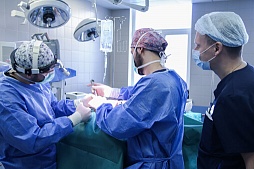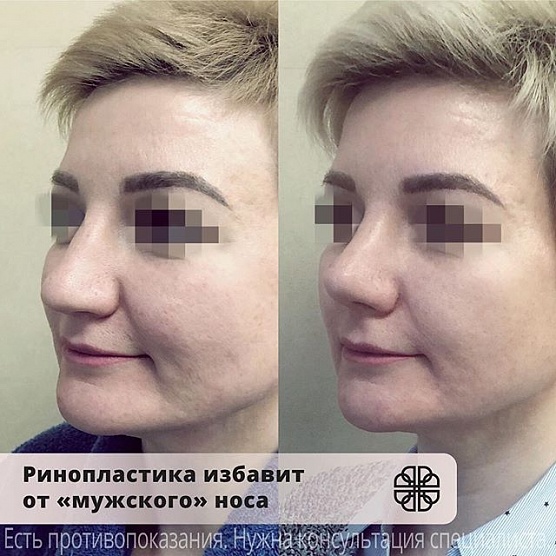Your facelift recovery explained from Day 1 to Day 30
A facelift or SMAS lifting is the most popular rejuvenation procedure. Problems with unwanted wrinkles, sagging of the cheeks and skin often lead patients to this procedure, after which they get a more youthful, fresher and natural look.


If you are considering a SMAS facelift, it's important to know not just about the surgical procedure but the protocol following surgery as well. Although it may take a few months to begin seeing final results of a facelift, the recovery process takes much less time.
It is difficult to give an absolute number for recovery times as they are dependent on various factors such as age, health status and type of procedure performed. However, knowing what to expect and following your surgeon's postoperative care instructions will make a big difference in the results of your facelift.
Below is a 30-day facelift recovery guide, so you'll know what to expect during a typical recovery period.
Facelift recovery
Week 1

During this time, you must make sure you are following postoperative incision care and keeping them clean to prevent infection.
Day 1. After surgery, you may feel unsteady and sleepy. You should have set up support from family and friends to drive you home and care for you on your first night home. Day one is usually when you most need pain medication to stay on top of discomfort.
Day 2. Your surgeon will schedule a follow-up visit around this time. They will remove or change your surgical dressings and evaluate your incisions and swelling. If everything looks good and normal, the surgeon will re-dress the area, review postoperative care once again and send you on your way.

Day 3. Rest is recommended for this day, but you should start to feel better and want to move around some. Bruising and swelling usually reach their height around day 3 and 4, but both will likely be present for several additional weeks. Continue to take medication if you experience discomfort.
Days 4-6. By this time, most people no longer need prescription pain medication. You should start to see the swelling go down. You should also start feeling more comfortable moving about. Doing light housework is often permitted if you feel well enough.
Week 2

Days 7-14. During this week you’ll likely still have some swelling and bruising around the affected areas. Swelling and bruising can also cause some people to experience some numbness, tingling and tightness. These are all common occurrences after a facelift and should not cause concern. At the end of the second week post-surgery, many people are feeling like themselves and ready to return to work and begin doing light activities like walking.
Weeks 3 and 4

Days 15-30. Removal of your sutures may occur anywhere from the end of week one to week three and depend on your particular procedure as well as your healing process. At weeks 3 and 4, you still may have some residual swelling and tightness, but for the most part, will start looking and feeling much better. Here is where patients often begin to see real improvements in their facial contour. By this time, you can get back to exercising and enjoying activities without people noticing much, if any, outward signs of your procedure. Incision sites will have a pinkish-red hue but this should fade with time.
What to expect after Day 30




After the one-month postoperative mark, you should be back to doing normal activities and enjoying life with your new look. It can take up to one year for very minor swelling, bruising, tightness and numbness to reside, but those typically are only noticeable to you.
Keep in mind that the above timeframes only represent very general timeframes. Everyone will have a unique experience, and you should always follow the directions provided by your plastic surgeon. People who do their research, take the necessary precautions and follow their surgeon’s post-op care instructions usually have the easiest recoveries and the best outcomes. It's important to communicate with your surgeon throughout the entire process. Ask questions and let them know if you are experiencing any symptoms that you feel are out of the ordinary.




